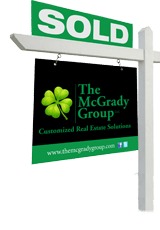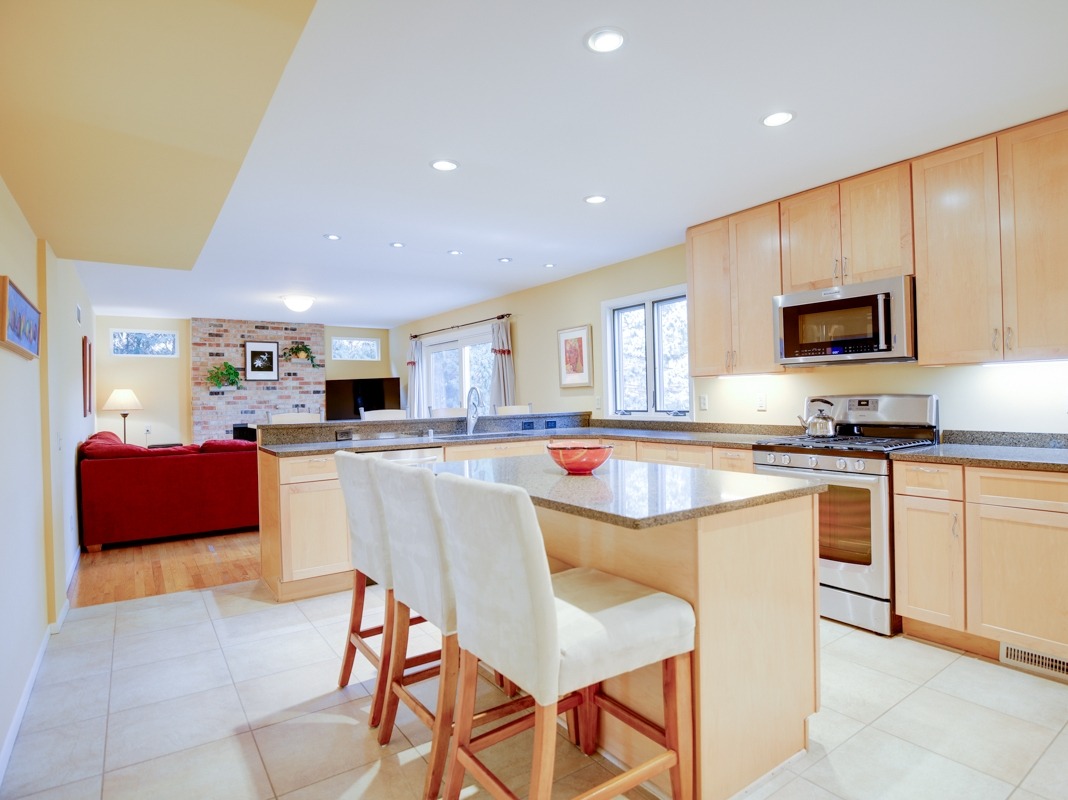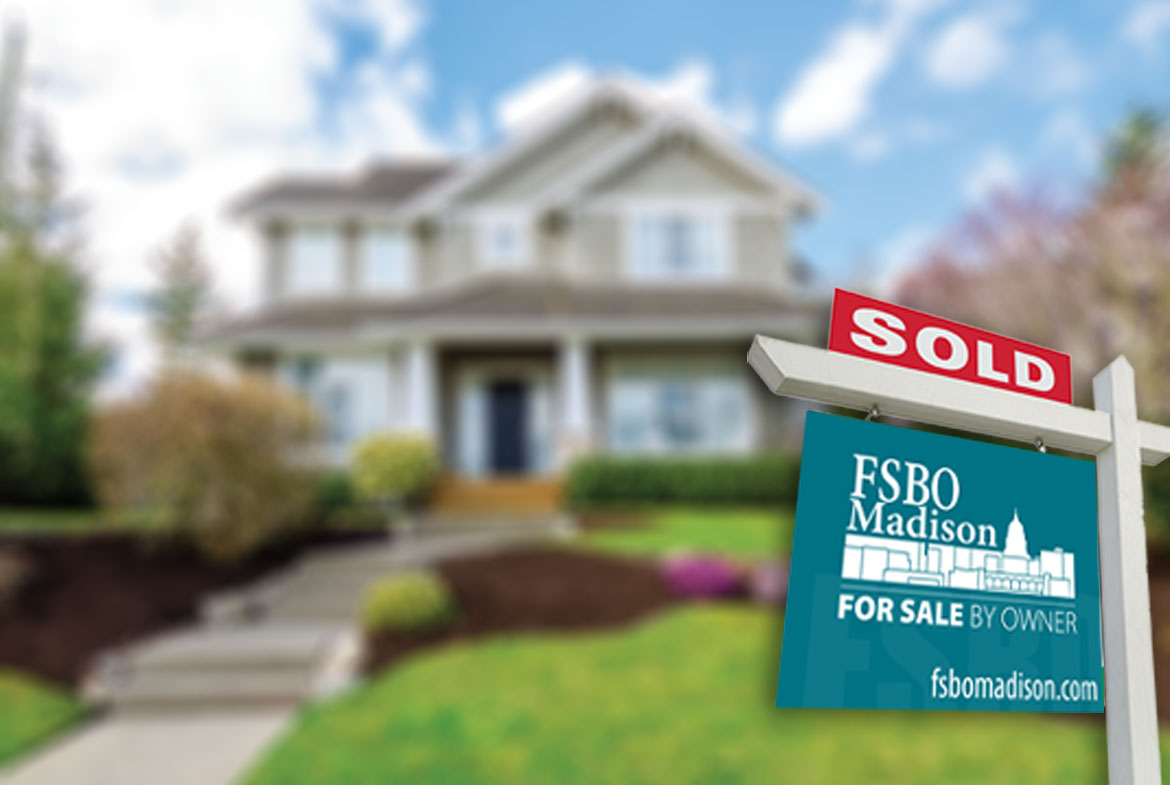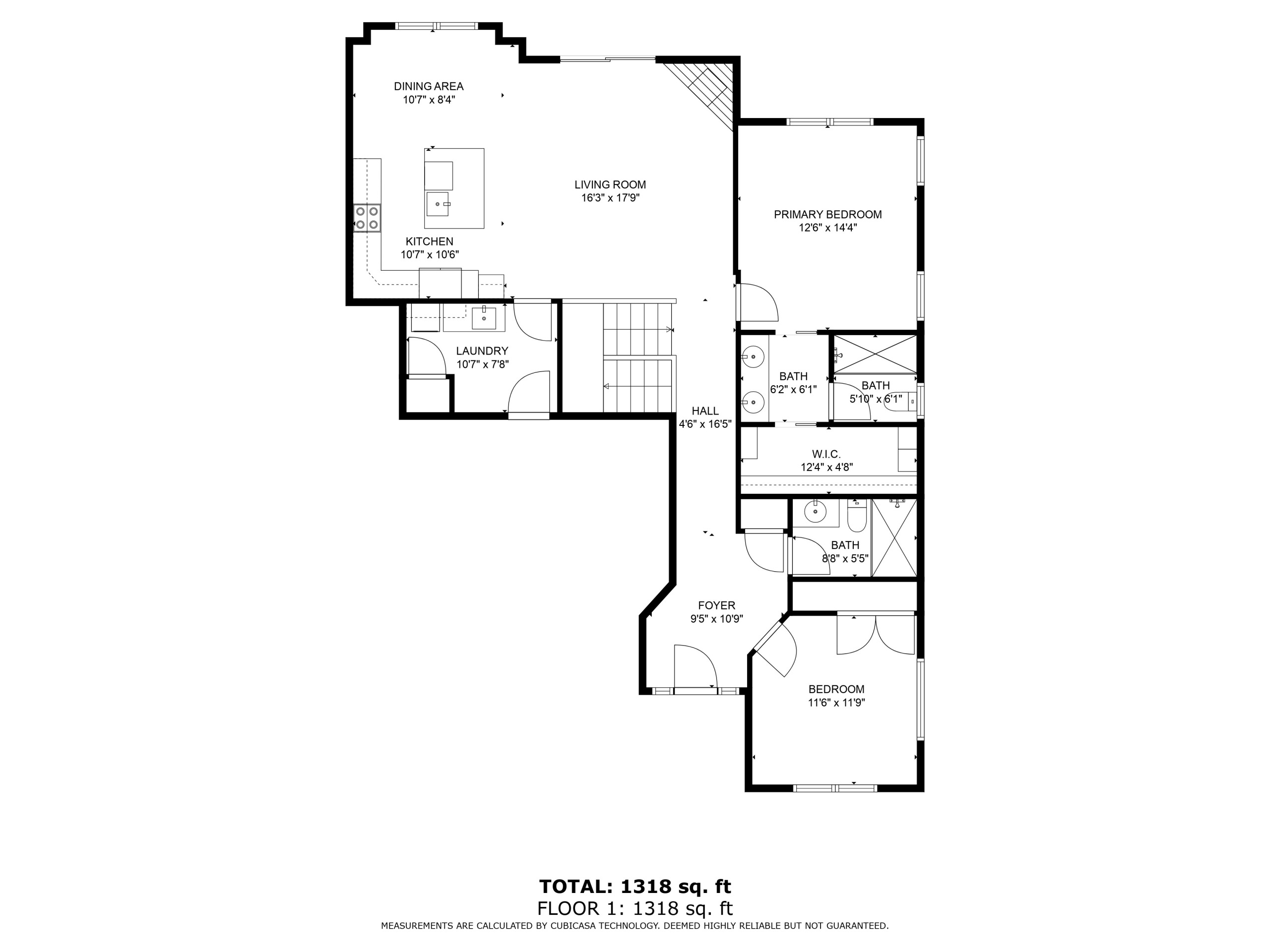Frequently Asked Questions
- The Basics About FSBO
- Questions About Selling
- Questions About Buying
- Setting up Your Listing
- Social Media
- WATCH OUT FOR SPAMMERS!
Why Sell FSBO?
Cost Savings!
Selling FSBO can give you a HUGE advantage over Realtor® listed properties. In today’s market PRICE IS EVERYTHING. FSBO sellers have much more room to negotiate a sale price compared to an MLS listed property potentially carrying a substantial commission for listing your property.
The fact of the matter is that agents and brokers can be costly. A typical listing commission is 3%. So in a transaction involving a $300,000 home, this commission would cost the homeowner $9,000!
Maybe you’re in a more desirable location where demand is equal to or exceeds inventory. In this case, you can keep the entire three percent commission.
Even if you’re unsure of your odds of success the cost of trying is very low. It’s not like you can’t try casting the larger net and taking advantage of our Flat Fee FSBO Plus MLS or even our Flat Fee MLS Enhanced Options later!
Flexibility
A traditional sale involves a listing contract to stipulate the terms of your transaction. Many times, this contract can be restrictive. Furthermore, listing contracts often include an exclusive right to sale, which ensures the agent collects payment even if the homeowner finds the buyer.
Representation
Then there’s that inherent conflict. You and your listing agent have opposing interests. They get paid when your property sells. How much it sells for may not be such a big deal to them, the agent may want to sell the home faster than the owner so he or she may pursue other commissions. There are no conflicts of interest when you represent yourself in a home sale.
If they can sell a property really fast to one of their other clients they’ll make a lot more money. Even if it sells for only 80% of its true value the commission they will earn will be 60% greater than had they sold it to another company’s client at full value.
On a $250,000 property that’s a loss of $50,000 before commission for the seller and a gain of $4,500 for the real estate agency.
Service
FSBO can allow sellers to pay for some services à la carte. For example an owner may pay to list the home on the MLS but do all the marketing themselves. This can allow owners to play to their strengths and avoid paying for services they don’t need.
How is FSBO Different?
In a traditional sale, homeowners contract with an agent through a listings agreement. This agreement stipulates how long the home will remain on the market, the listing price, the terms of compensation, and other conditions. It also typically provides an exclusive right to sell which states that for the duration of the listing, the agent and only the agent has the right to sell the home. Once signed, the agent works on marketing the home and fielding offers.
For virtually all of the past century, traditional sales made up the vast majority of real estate transactions. Agents held significant advantages over the general public in access to market information and advertising to a point where FSBO was a lengthy and costly affair.
But the seller-agent dynamic began changing in the 1990’s with the introduction of the Internet to the real estate industry. Property sale portals and IDX made more real estate information publicly available than ever before, allowing homeowners to advertise and do market research at little to no cost.
Under FSBO, the homeowner takes responsibility for all aspects of the real estate transaction. This includes home prep and staging, creating the listing, marketing, fielding offers, negotiating the final sales price, and producing all required paperwork and contracts.
What is the MLS?
The Multiple Listing Service (MLS) is a comprehensive database used by local real estate brokers to efficiently share information about properties and listings with other brokers. This collaborative platform allows them to represent potential buyers and establish commission-sharing agreements, ultimately facilitating the connection between sellers and buyers for real estate transactions. Across the United States, there exist hundreds of MLS databases tailored to specific regions.
In the South Central Wisconsin area, we have the South Central Wisconsin Multiple Listing Service (SCWMLS), which serves Dane County, Columbia, Dodge, Grant, Green, Iowa, LaFayette, Rock, Sauk Counties, as well as parts of Adams, Crawford, Fond du Lac, Green Lake, Jefferson, Juneau, Marquette, Monroe, Richland, Vernon, Walworth, and Waushara Counties.
Properties listed within the SCWMLS enjoy broad exposure, as they are featured on platforms such as Zillow, WisconsinHomes.com, Realtor.com, and most local broker websites. Additionally, properties listed through FSBOMadison.com Flat Fee MLS receive even wider visibility, being showcased on popular national platforms like Zillow.com, Trulia.com, Realtor.com, Google, and numerous other local and national websites that syndicate with the SCWMLS.
What if I want my Property Listed on The MLS?
 FSBO Madison offers flat fee MLS services in partnership with The McGrady Group LLC, a licensed Wisconsin Real Estate Brokerage, for individuals who find it beneficial. This service is priced at $599 when included with your initial FSBO Madison listing. A nominal $50 “synchronization fee” applies if you choose to add it after your FSBO Madison listing has been active on the site for 30 days. Importantly, adding the MLS service after 30 days will align your FSBO term with the MLS term, which is 6 months. MLS renewals are available at a cost of $100 for an additional 6-month period.
FSBO Madison offers flat fee MLS services in partnership with The McGrady Group LLC, a licensed Wisconsin Real Estate Brokerage, for individuals who find it beneficial. This service is priced at $599 when included with your initial FSBO Madison listing. A nominal $50 “synchronization fee” applies if you choose to add it after your FSBO Madison listing has been active on the site for 30 days. Importantly, adding the MLS service after 30 days will align your FSBO term with the MLS term, which is 6 months. MLS renewals are available at a cost of $100 for an additional 6-month period.
For more detailed information on listing your property through Flat Fee MLS, please refer to our ‘Listing a Flat Fee MLS’ section.
What is Flat Fee MLS?
The short and sweet story is that flat fee MLS is halfway between pure “for sale by owner” and traditional “full service” real estate.
DIY vs Professional: The Art of Listing Property with Photos
In the digital age of real estate, captivating visuals are paramount to selling a property swiftly and profitably. As a homeowner eager to list your property, one of the initial dilemmas you might face is whether to use your own photos or invest in professional photography. Both approaches have their merits, but understanding the nuances can make a significant difference in the success of your listing.
DIY Photography: A Personal Touch
Opting to snap your own photos for your property listing can be enticing for several reasons. Firstly, it’s cost-effective, potentially saving you hundreds of dollars that would otherwise be spent on professional services. Secondly, it allows you to showcase your home through a personal lens, highlighting the features that hold sentimental value or unique appeal to you.
DIY photography also provides flexibility in scheduling. You’re not bound by the availability of a professional photographer and can capture your home’s essence whenever it suits you best. Furthermore, the familiarity you have with your property can lead to a more intimate portrayal, as you’re able to capture angles and details that resonate with your experience of living there.
The Power of Professional Photography
While DIY photography offers a personal touch, professional photography brings a level of expertise and finesse that can significantly elevate your listing. Professional photographers possess the skills, equipment, and eye for detail necessary to capture your property in its best light – quite literally.
Professional photos typically exhibit superior composition, lighting, and editing, resulting in images that are crisp, vibrant, and inviting. These high-quality visuals not only attract more attention online but also convey a sense of professionalism and credibility to potential buyers. In a competitive market, where first impressions are crucial, professional photography can make your listing stand out amidst the sea of properties vying for attention.
Finding the Right Balance
Ultimately, the decision between DIY and professional photography hinges on various factors, including budget, time constraints, and personal preferences. While DIY photography offers affordability and a personal touch, it may lack the polish and professionalism that can enhance your property’s appeal.
On the other hand, investing in professional photography can yield impressive returns by attracting more qualified buyers and potentially commanding a higher selling price. Consider your priorities, weigh the pros and cons, and determine the approach that aligns best with your goals and resources.
Conclusion
In the realm of real estate, compelling visuals play a pivotal role in enticing buyers and securing a successful sale. Whether you opt for the DIY route or enlist the expertise of a professional photographer, the key is to showcase your property in its most flattering light. By leveraging the strengths of each approach, you can create a compelling listing that captures the imagination of prospective buyers and paves the way for a seamless and rewarding selling experience.




